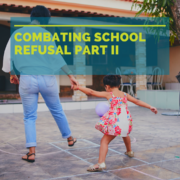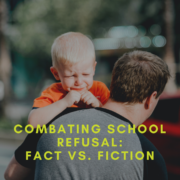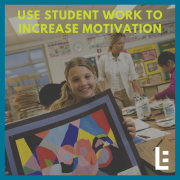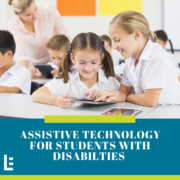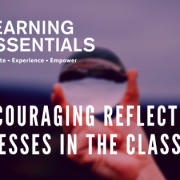Management Strategies for Noncompliance
Strong-willed children bring character, fierce energy, and clear opinions into the classroom, which are all positive attributes that help to stimulate engagement and learning. However, when fervid determination crosses the threshold of acceptable behavior, teachers are often left in a sticky situation when deciding how to proceed with a defiant student.
Keep a level head
When given an instruction or directive, such as, “Please sit in your assigned seat,” students are generally expected to oblige or at least attempt to follow the request. You may be met with an eye-roll or exasperated retort, but 9 times out of 10, the request will be a non-issue. However, when a student is outright noncompliant, it is important that the teacher consider the potential catalyst of the defiant response. Often, this type of isolated obstinance, especially when it occurs out of nowhere, is a response to some unknown frustration or concern. The frustration may not even be related to this particular class or the directive. Because the trigger is typically unknown, teachers can assuage the emotions by considering how to de-escalate the situation before reacting. This is easier said than done, but suggestions might include:
- Walk away to provide the student with a moment on his own to consider the request or directive; this also allows you to take a breath before asking again.
- Provide the student with a reasonable alternative, such as sitting in his assigned seat or sitting up front away from other students.
- Calmly rephrase the directive in a soft manner that is only audible to the individual child. Too often, non-compliance arises from a public power struggle, so a defiant student is less likely to comply when he feels as though he is performing as “the rebel” for an audience of peers.
Consider the individual personality involved
When confronted with what could be considered defiance or task-refusal, teachers should pause to consider whether the student is actively defying the command, or if there is a misunderstanding. For instance, a student who struggles with auditory processing may fail to respond immediately. On the outside, she may appear to be ignoring you, but in actuality, she is simply interpreting the request at a slower rate. Similarly, a student with ADHD may also need a few additional moments or some repetition to grasp the directive—this isn’t defiance. Students with autism may also present as noncompliant at times. Typically, this refusal is linked to a lapse in social cues and/or a need for further clarification. It is not unusual for students on the spectrum to require an explanation of why they are being asked to do something. Again, this is not meant as a defiant remark. The “why” question is quite literally asked as a means of gaining further explanation in order to meaningfully invest in the task.
Provide alternatives, but hold your ground
When a student has dug his heels in, another option is for the teacher to present opportunities for student choice. This doesn’t mean going back on your word. If a student is refusing to complete an assignment, provide him with the choice to complete it now or at lunch. If a student is hesitant to read aloud, give her the choice of which passage she’d prefer to read. A student who is demanding to go to the bathroom can go, but only after he’s completed the front of the worksheet. These options allow students to negotiate, but only on the teacher’s terms. In essence, you’re giving an inch without permitting the student to take a mile.

